“I-Pencil,” the fable-like essay by the economist Leonard E. Reed, remains one of the best introductions to the free market. It shows the ways in which the mass production of even simple things – like the humble pencil – involves the work of numerous people, most of whom do not know each other and who are all motivated at some level by self-interest. Above all, Reed shows that this extremely complicated process occurs without someone planning it from the top-down. This is, in short, the classic argument for market liberalism.
But Reed’s essay also illustrates the follies of central planning or imagining that humans can somehow live an entirely self-sufficient existence. These were surely some of the ideas that Elon Musk was trying to convey to Donald Trump and his primary trade policy advisors when Musk posted an old video of Milton Friedman on X on Monday. In the video, Friedman – possibly the most famous free market economist of the 20th century’s last quarter – explains how the pencil comes into existence via intricate supply chains that criss-cross the world: economic networks whose efficiency owes a great deal to the ease of shipping goods and services across borders, something which is facilitated by what we call free trade.
Whether it is Musk’s iconic Tesla vehicles or the rockets by which Musk has put NASA to shame, Musk is no doubt acutely aware that many parts of such products have been made outside the United States. He also knows that the assembling of these parts has occurred in distinct parts of the world, and that the cost-effectiveness of doing so has been hugely enhanced by the relative ease of trade between countries.
All this, however, was thrown into question by the Trump administration’s announcement of a new tariff regime on “Liberation Day.”
Can all the parts that go into a Tesla or one of Musk’s rockets be made in America? That’s unlikely. The goods of the earth are distributed unevenly across the planet. It follows that sourcing, in the United States, everything that goes into anything manufactured in America will be extremely difficult. Even if it were possible, it would be hugely expensive. The whole point of the division of labor that Adam Smith stressed as central to market economies is that it encourages specialization by individuals, companies, and even entire nations. That specialization drives efficiencies and ever greater productivity.
The new Trumpian tariff regime isn’t designed to completely shut down the US economy’s links with every other nation. While J.D. Vance claims that Trump believes in “economic self-sufficiency,” full-blown autarky is (so far) not on the Trump administration’s agenda.
Nonetheless, Liberation Day’s 10 percent universal tariff on all goods entering the United States and the stunning array of other tariffs applied to specific countries will significantly raise the costs of sourcing parts and undertaking the assembly process for any American company that uses imports in some fashion. That, incidentally, means the vast majority of businesses in America.
Some companies may feel the pinch more than others, but the pinch will be there. It comes in the form of higher costs, less competitiveness, and diminished efficiencies. These are some of the things that global markets around the world are presently trying to price into their estimation of future earnings and economic growth more generally.
Moreover, even if many countries approach the Trump administration to say that they are ready to negotiate, another major and ongoing effect of the Liberation Day tariffs will be massive uncertainty. Will China continue upping the stakes, or won’t it? What happens if, as part of the negotiating process, there are wild swings in tariff levels as numerous countries swap tariff blows with DC? How precisely does a US manufacturer plan ahead when they don’t know how much it will be paying every time one of their car- (or rocket-) parts crosses the Canadian or Mexican border, or docks at an American port?
In other words, massive uncertainty is part of the Trumpian tariff puzzle. And in conditions of widespread uncertainty, businesses invest less, employ fewer people and take far fewer risks. The end result is less profit and less growth.
Elon Musk is one of Donald Trump’s biggest supporters in the tech and business worlds. But he is also an entrepreneur who understands how domestic and international markets work. There may be people in the Trump administration (e.g., National Economic Council Director Kevin Hassett and Treasury Secretary Scott Bessent) trying to counter the protectionist instincts of Commerce Secretary Howard Lutnick and trade advisor Peter Navarro. They don’t, however, seem to be having the necessary impact – at least not yet.
By contrast, Musk’s voice is harder for Trump to ignore, however subtle the means by which Musk delivers his message. For America’s sake, I hope that he keeps pressing the point. In the long run, the American people – and maybe even their president – will thank Musk for doing so.



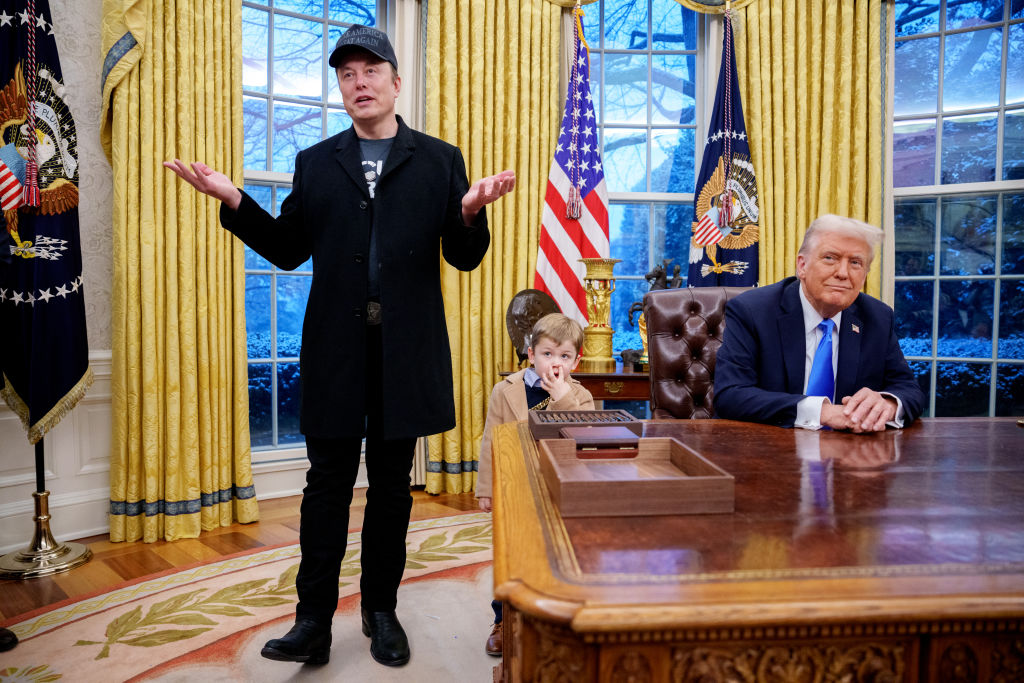






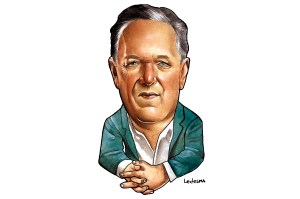

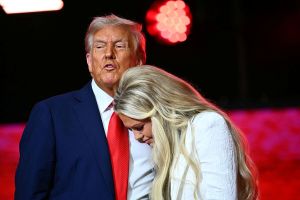

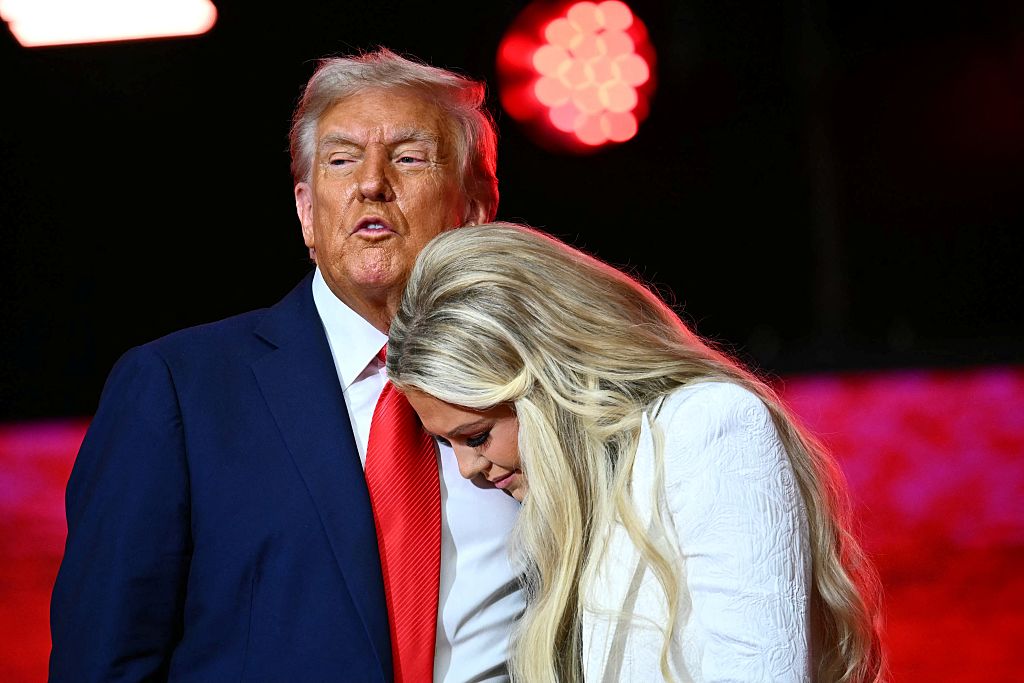


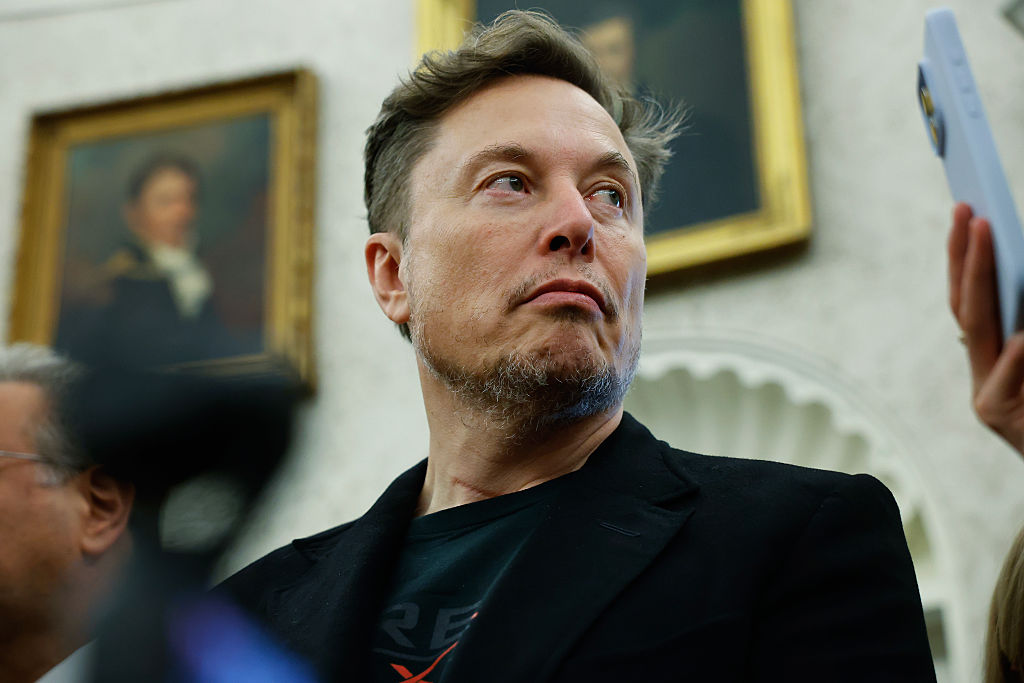


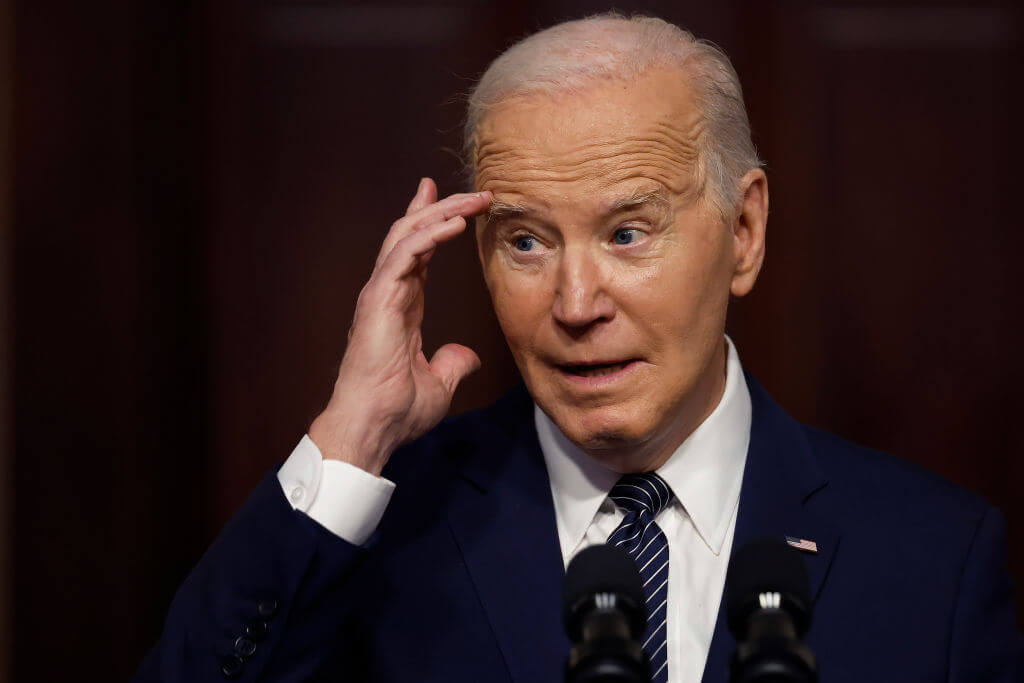



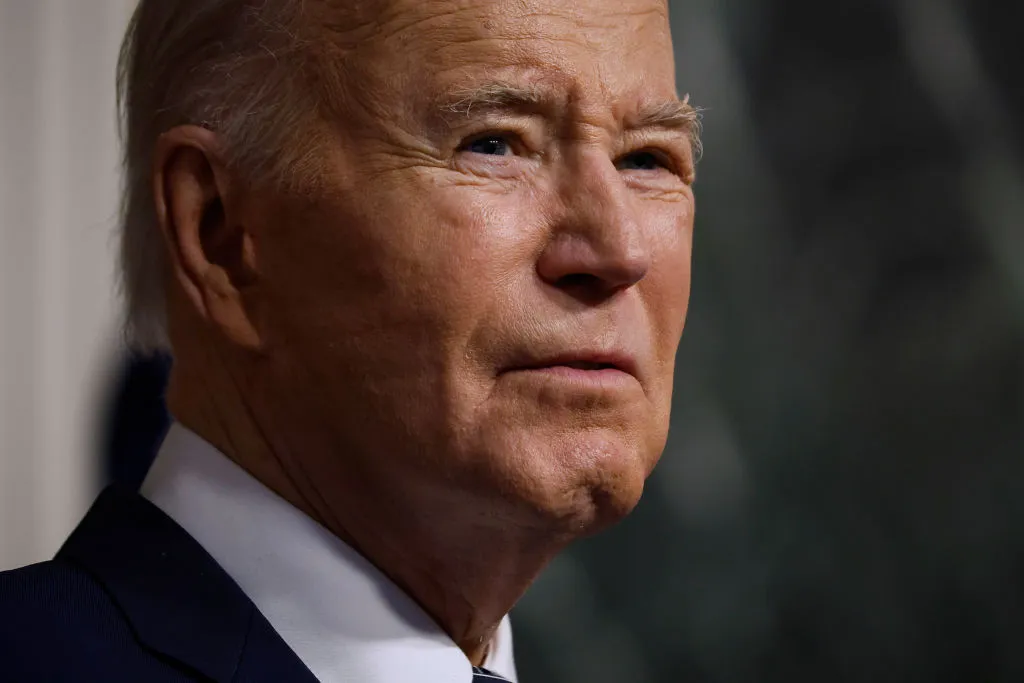

Leave a Reply